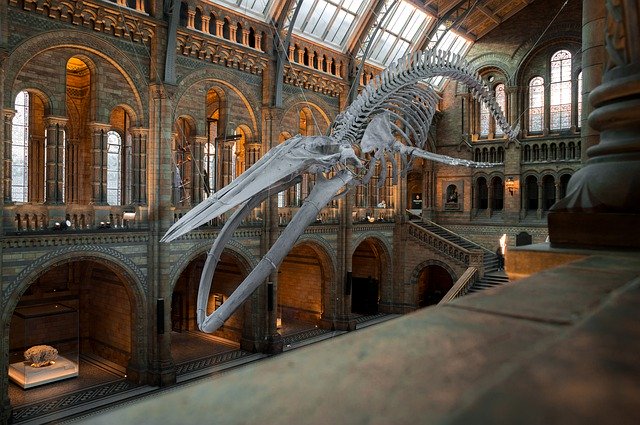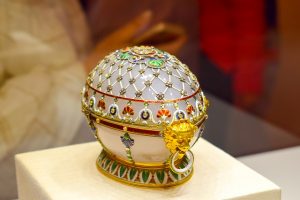The majority of people on Earth know what a museum is today, whether they have been to one or not. They know that it is a building full of art or artefacts from the past that have to be preserved to demonstrate what history was like for future generations. Art, of course, is very valuable and has to be maintained in order to retain that value because it is easy for such items to degrade over time. However, knowing all of this, have you ever though what the actual definition of a museum is?
In fact, the Museum Association decided upon the definition of museum in 1998. It is officially “…institutions that collect, safeguard and make accessible artefacts and specimens, which they hold in trust for society.” In the same passage the Museum Association also points out that they are sources of inspiration and can be used for the purposes of both education and enjoyment. This is most definitely a modern view because the previous definition was far more rigid and foreboding in terms of the language used and would no doubt not appeal to the majority of younger people today: “A museum is an institution which collects, documents, preserves, exhibits and interprets material evidence and associated information for the public benefit.”
As you can see, the latter definition makes museums sound as if they are somewhere that people are forced to go for the sake of their own education rather than for their own enjoyment. Museums can be extremely enjoyable but it was feared that the younger generations would not go to visit them if they still had the perception of the museum as a stuffy, outdated and uncomfortbale place to go. The new definition certainly helps to expel that view and certain encourages younger visitors to take a look at the collections of art that any given museum would have. Certain other museums, such as historical museums, certainly needed a boost in attendence in the late 1990s and business is now slowly but surely picking up!
When you look at the definition, it is certainly true of the Louvre in Paris. The Louvre opened in 1793 and has since established its reputation as one of the best museums in the world. There are so many exceptional works of art there that it is impossible not to be astounded by it all. The museum is so big that you can easily spend all day walking around it and viewing all of the amazing exhibits. There are benches in all of the galleries so that you can sit down to admire the paintings, sculptures and sketches in each one and work on your own art in an environment that is optimized for inspiration and peace. It is now a quiet retreat for those that value art and the artists behid every work. The bookstore there is also full of helpful guides about famous artists and books of hints and tips about furthering your own artistry. There is very little contemporary or modern art there because it focuses on the masters and older artists from various genres. However, the museum embodies what art is defined as and most definitely what a new museum is defined as under the Museum Association guidelines.
Various museums in all around the world also provide the same sort of environment and atmosphere for artistry to flourish. It is aiming really how far the museum is come and how they are now all perceived as a result of a worldwide concerted effort to bring art to to forefront of contemporary culture. The effort has most definitely succeeded because museums around the world are experiencing unprecedented success at the moment and that can only be a good thing for the future of art! More and more individuals are looking to the past artists of various generatiosn for their inspiration and then using it in their ow way to create mastepieces.
In terms of historical value, the old definition sums the museum up perfectly, but the new definition certainlyencourages people to explore history and art for themselves and to use it for the benefit of humankind into the future!




